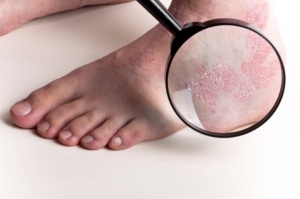During this challenging time and with social distancing becoming the norm, telemedicine/telehealth is the perfect way to continue progressing toward recovery and get back to normal lifestyle. As things normalize, virtual physical therapy in combination with in-person visits is ideal for complete and total recovery.
What is the difference between Telehealth and Telemedicine
While telemedicine refers specifically to remote clinical services, telehealth can refer to remote non-clinical services, such as provider training, administrative meetings, and continuing medical education, in addition to clinical services.
How Does Telehealth Work for Physical Therapy?
Telehealth visits take less time than in-office ones and reduce the time spent on administrative tasks that don’t add value for the patient. With video visits, physical therapists spend more time directly interacting with patients and they have the option to see more patients each day.
*Studies show that 97% of patients who are seen remotely by their provider feel they receive the same quality of care as an in-person visit. … In short, video visits result in the same desired clinical outcomes as in-person care when used appropriately.
What is Telehealth Used to Deliver?
Telehealth is a collection of means or methods for enhancing health care, public health and health education delivery and support using telecommunications technologies. Telehealth encompasses a broad variety of technologies and tactics to deliver virtual medical, health, and education services.
Is Telehealth Physical Therapy Legal in NJ and NY
Telehealth physical therapy is completely legal. However, every state is different, so you can visit the Center for Connected Health Policy to learn your own state’s rules and regulations, as well as get a better understanding of your state’s parity laws*, if applicable.Currently.
New Jersey state law and Medicaid guidelines do not restrict which healthcare providers can practice telemedicine. The only limitations New Jersey puts on prescribing via telemedicine is for treatment with Schedule II drugs.
There are currently no restrictions in New York’s telemedicine laws for prescribing medication via telehealth. New York only states that telemedicine-specific informed patient consent is required for telepsychiatry.
Does Medicare Cover Telehealth
The Centers for Medicare & Medicaid Services (CMS) recently announced that it will allow physical, occupational, and speech therapy practitioners to provide Medicare-covered telehealth services as long as a federal coronavirus emergency declaration remains in effect.
You can get Medicare telehealth services at renal dialysis facilities and at home. You can get Medicare telehealth services for faster diagnosis, evaluation, or treatment of symptoms of an acute stroke no matter where you’re located. Medicare also covers virtual check-ins and E-visits.
Should I keep Going to Physical Therapy?
In general, you should attend physical therapy until you reach your PT goals or until your therapist—and you—decide that your condition is severe enough that your goals need to be re-evaluated. Typically, it takes about 6 to 8 weeks for soft tissue to heal, so your course of PT may last about that long.
Can Physical Therapists Bill for Telehealth?
As per CMS’s latest update, PTs, OTs, and SLPs can bill Medicare (and receive payment) for the following telehealth services: G2061: Qualified non-physician healthcare professional online assessment and management, for an established patient, for up to seven days, cumulative time during the 7 days; 5–10 minutes.
Sources:
* Chiron Health




